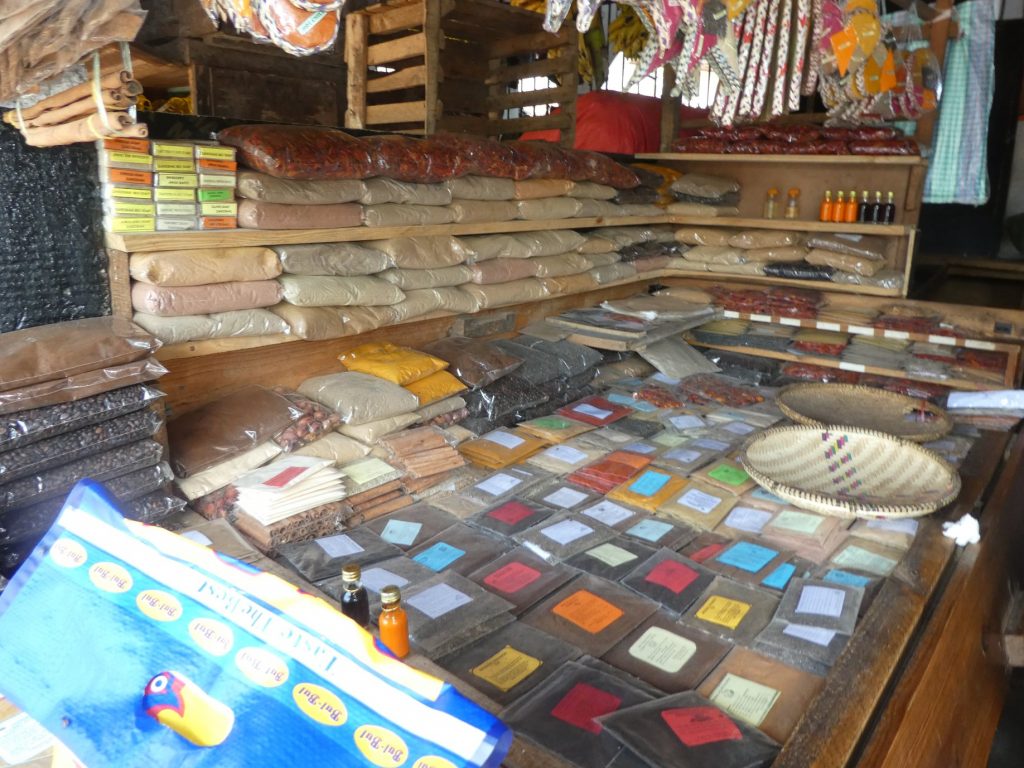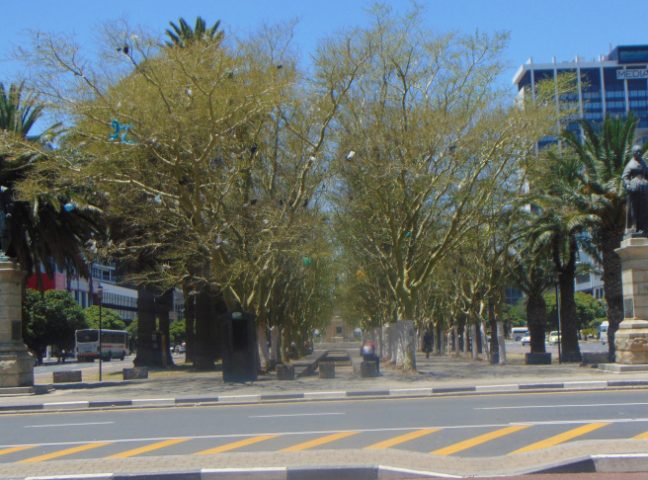Land, Labour & Supremacy in South Africa
December 21, 2021
Land and Other Questions (Part Two)
December 22, 2021
By Satish Sekar © Satish Sekar (December 22nd 2021)
Evasion
In 1994 South Africa’s first democratic election took place, but the build up to that election made a compromise – one that could never last. The question of land-ownership was ducked, and with reason. It would not and could not be solved quickly. Worse still, it exposed staggering hypocrisy that began a long time ago, yet again.
There was a huge problem. Who were the original owners of the land and how on earth could their descendants prove it? Those expropriating land without compensation or with minimal recompense were hardly likely to leave a paper trail.
There were no purchases or contracts, just theft and redistribution of land among the victors.
The First Thefts
No sooner had the Dutch arrived in Table Bay (Cape Town) than Johan van Riebeeck and his party saw the potential. The spice trade was vital to the economic and political clout of the Dutch East India Company and, also, that of the Netherlands. However, it was a very lengthy journey and, in those days, diseases, especially scurvy was a major problem. Water could not control it and the distance was enormous.
It was discovered that red wine was better than water and farm produce, especially citrus fruits, combatted scurvy. How could this be organised on long journeys with short stops on the way? Settlements were required, but that posed other problems. How could they acquire the land and on what terms could they persuade indigenous inhabitants to cooperate?
They tried negotiating with the indigenous inhabitants, but the Khoikhoi, who were hunter-gatherers and had occupied the southern African land from Namibia in the west to Mozambique in the east, had no incentive to cooperate while they possessed the land and animals too. Even dispossessing them failed as they refused to work for the Dutch immigrants, who saw themselves as racially superior.

The Solution – The Slavery Diaspora
The original plan of landing, securing provisions and departing quickly had changed. A settlement was required, but that required workers to assist them, and the indigenous inhabitants had no interest whatsoever in serving the interests of the Dutch.
Van Riebeeck realised that another solution was required – a workforce that had no choice. In other words, slavery. But this was different. The better-known Diaspora of the Trans-Atlantic Slave Trade took Africans from their continent to work in the Caribbean, Americas and Europe, It began in the 15th century, but this slave trade affected southern Africa too.
Angolans were sold by the Portuguese to Dutch occupants of South Africa and Ghanaians were also sold to them too. Ghana’s Cape Coast, Elmina and Accra played an integral part in both the Trans-Atlantic Slave Trade, but also the African slave trade – one that enabled Dutch white-supremacists to establish and maintain their colony in the Cape.
It later grew and grew and developed into a white-supremacist abomination, but that was in the future, and it cannot be blamed on the Dutch alone.
Van Riebeeck’s concern was the lucrative Spice Trade, which required an easier route of delivery from the East Indies (Indonesia). South Africa became a vital part of the means of delivering the coveted produce to the Netherlands. But that required a bestial solution even then – the other Slavery Diaspora which brought slaves from the Dutch colonies in east Asia and the Dutch East Indies to the Cape of Good Hope.



